How to maintain braids with or without extensions?
How to maintain braids with or without extensions?
Sommaire
Braids, with or without extensions, are much more than a simple change of look. They allow you to take a break from your hair routine, especially during the summer. But to fully benefit from them and avoid doing more harm than good, you still need to choose them wisely, maintain them properly… and know when to take them off. Here’s our step-by-step guide.
Here are a few essential points to bear in mind:
- Do not braid weak or brittle hair: this will only aggravate the situation.
- Avoid braids that are too tight and be mindful of the weight of your extensions: this can cause hair to fall out, skin reactions (eczema, psoriasis, etc.), pain or traction alopecia.
- And don’t forget to plan regular maintenance to avoid unpleasant surprises (itching, odours, etc.).
Have you made up your mind? Here are the steps to follow…
Before braiding your hair
Braiding starts well before your hairdressing appointment.
It’s essential to use a nourishing or protein mask to strengthen your hair and make it more supple before braiding.
Avoid any residual humidity that could lead to itching or mold on the scalp, and make sure your hair is dry, detangled and stretched to make braiding easier.
Keep your style for 3 to 6 weeks. But after six weeks, it’s common for the roots to tangle, the scalp to become irritated and the lengths to become heavy. So it’s best not to go over this period, to avoid weakening the natural hair underneath.
Choosing the right type of braid
Each hair follows a life cycle made up of phases of growth, rest and fall. This cycle repeats itself around 20 to 25 times during the life of a hair follicle, which means that each hair has a limited number of regrowth cycles. Hairstyles that are too tight or heavy extensions can accelerate this cycle, leading to premature hair loss and, in the long term, traction alopecia.
To preserve the health of your hair and still achieve stylish braids, here are a few options recommended by our team:
- Twists or braids without extensions: light and gentle on the scalp, they minimise stress on the roots.
- Box braids with light extensions: choosing light extensions reduces stress on the follicles.
- Knotless braids: without a knot at the base, which helps reduce tension on the scalp and offers a more comfortable, natural look.
- Flat braids with graphic effects: by using lightweight extensions, they offer an elegant style without compromising hair health.
By opting for these styles, you combine aesthetics and hair health, ensuring the longevity and vitality of your hair.
Day-to-day braids maintenance
Once you’ve braided your hair, the maintenance doesn’t stop there.
Even though your hair is braided, it still needs to be hydrated. The secret is regularity: every 2-3 days you can use a leave-in conditioner, a water-based hydrating spray and aloe vera.
Massaging the scalp is a good way to stimulate blood circulation and prevent tightness.
When you go to bed, use a satin scarf or pillowcase to limit friction and preserve the shine of your braids. And if frizz appears, use a light gel or styling mousse to smooth it out without weighing it down.
Wash braids without damaging them
Contrary to popular belief, braids can (and should) be washed.
The best way is to dilute the shampoo in warm water, then apply it to the scalp first, massaging gently. Don’t rub the lengths, but let the soapy water run through to gently cleanse them.
Once rinsed, pat the braids dry with a microfiber towel. Then air dry or blow dry them. There’s no need to wash braids every week: a shampoo every ten to fifteen days is more than enough.
Refresh your braids without starting over
If your braids start to sag after a few weeks:
- For twists or braids, it’s perfectly possible to refresh just the outline or the front braids. This little touch-up gives the whole look a real facelift, without having to start all over again.
- For flat braids, a little styling mousse or shine serum can also revive their shine and redefine the ends. To hide regrowth or tame frizz, feel free to use a scarf or a stylish headband — it’s both practical and trendy.
After the braids: the cocooning moment
Once the braids have been removed, your hair will need some real pampering.
Start by detangling your hair, strand by strand, patiently and gently. Next, use a clarifying shampoo to remove accumulated residue, followed by a nourishing or hydrating mask to restore suppleness to the hair fibre.
Braids, with or without extensions, can be your best allies this summer, as long as you look after them right from the start.
Good preparation, gentle care and regular hydration: that’s all you need to ensure that your wavy, curly, coily or afro hair spends a stylish, stress-free summer… with no unpleasant surprises.
Hair color to reveal your curls this summer!
Hair color TO reveal your curls this summer! Summer is fast approaching, and with it the desire to c
Gift guide for waves, curls, coils and tight curls
If you’re reading this article, chances are you have someone you love who has waves, curls, co
Curly, coily hair or tight curls: what to do after the summer holidays?
Curly, coily hair or tight curls: what to do after the summer holidays? SOMMAIRE Ah, the holidays



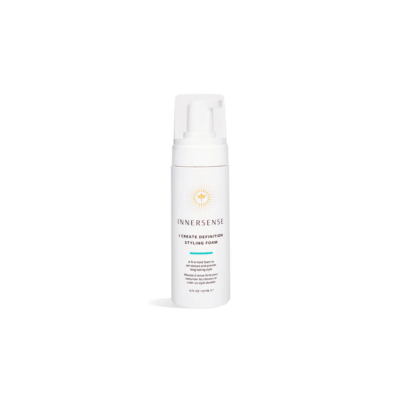


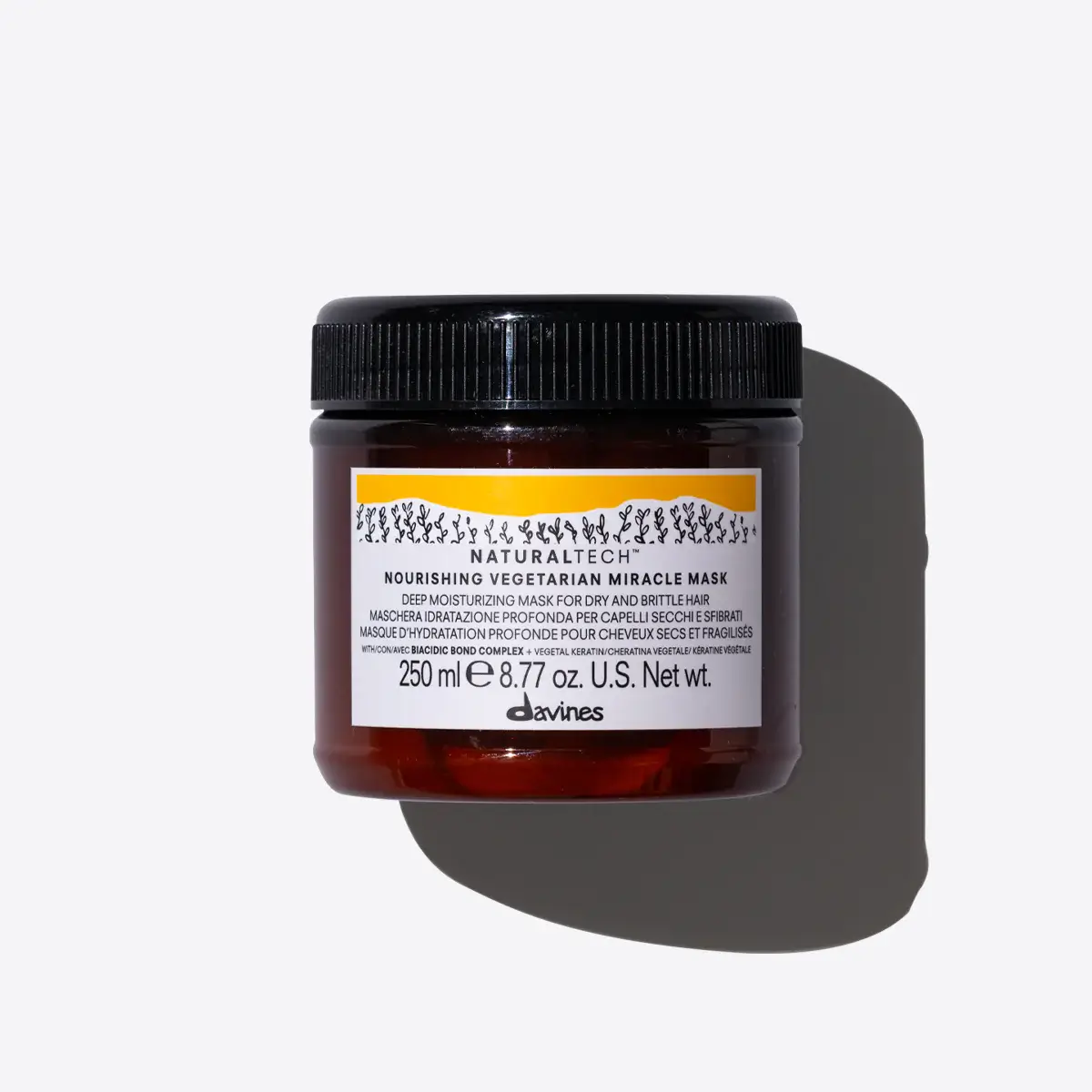

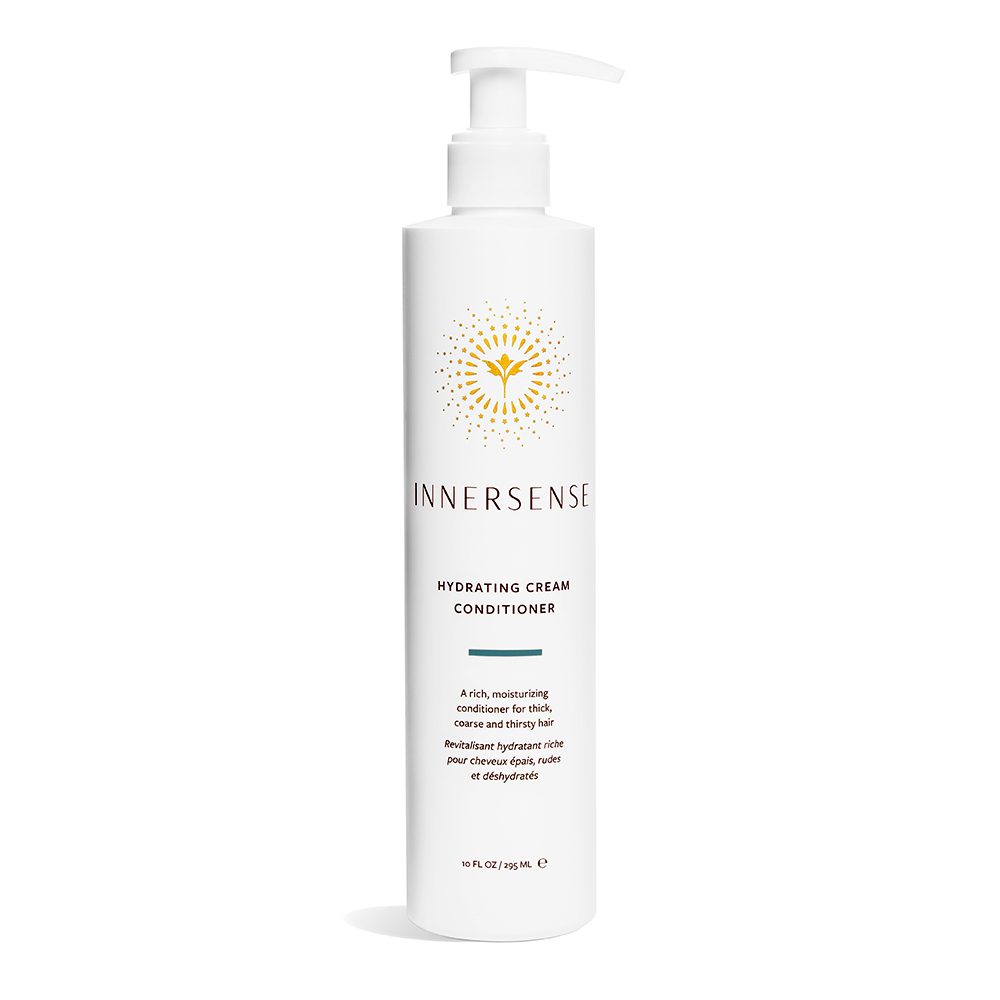
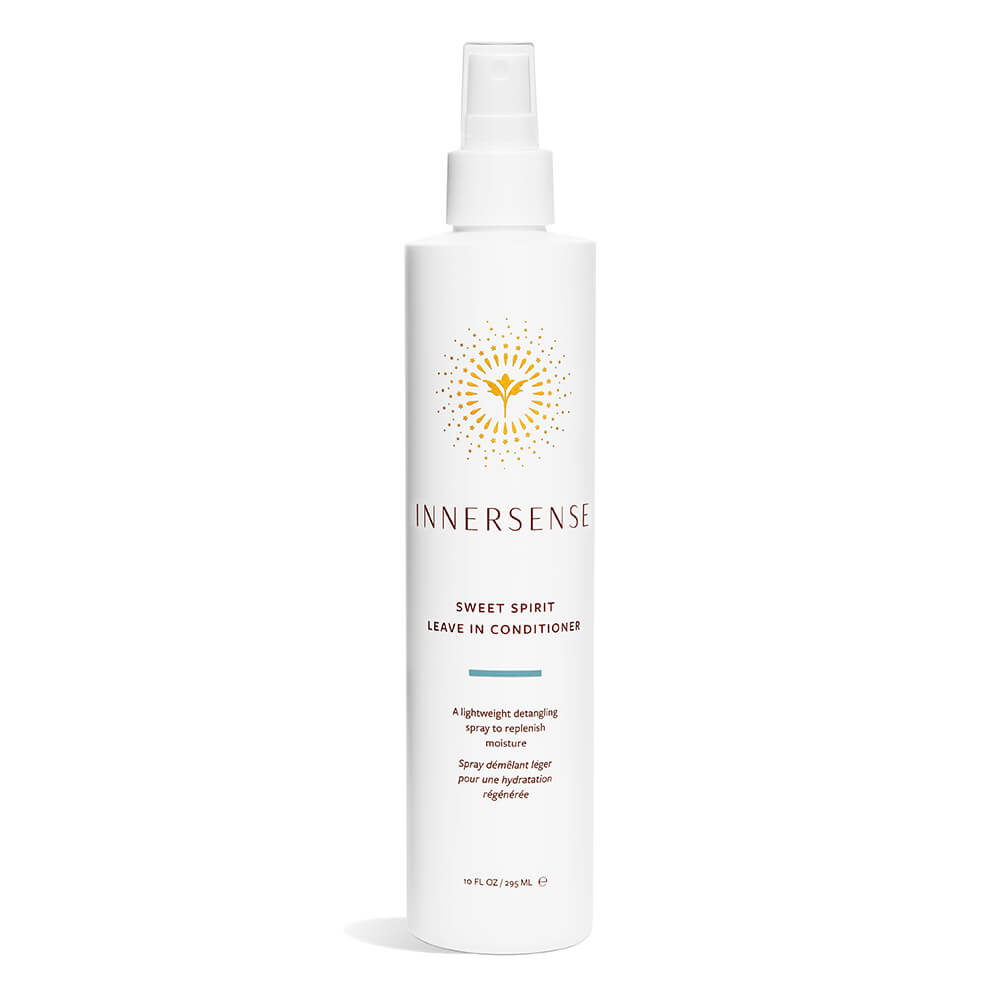

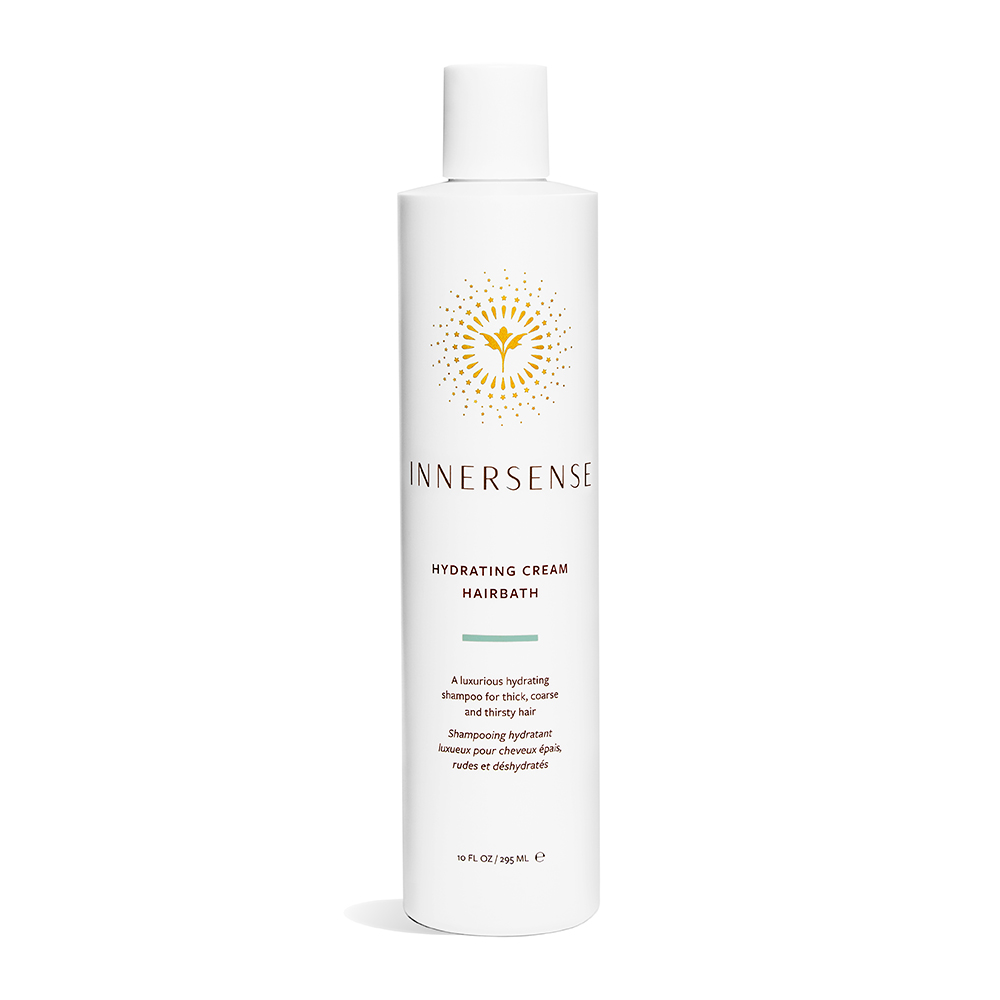


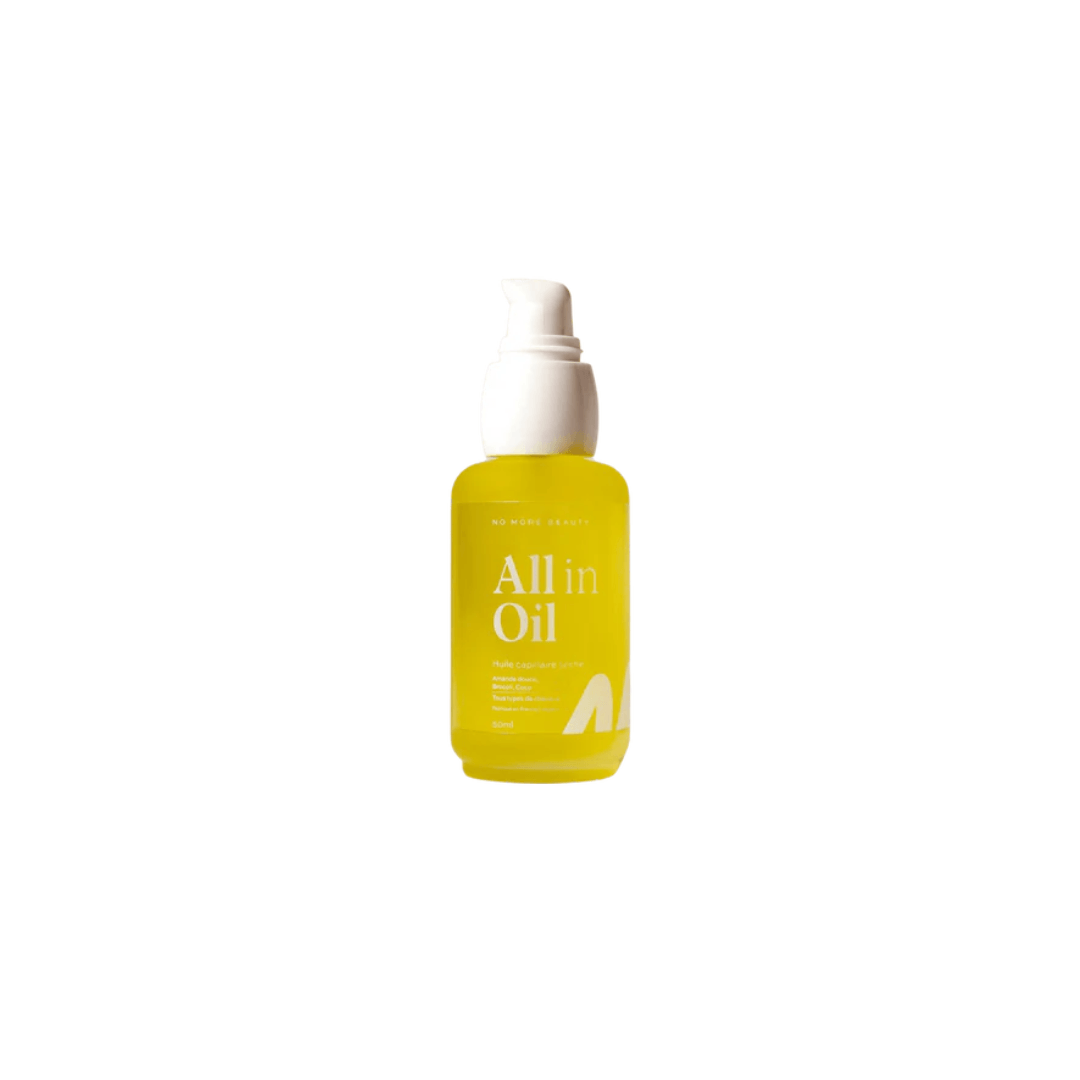
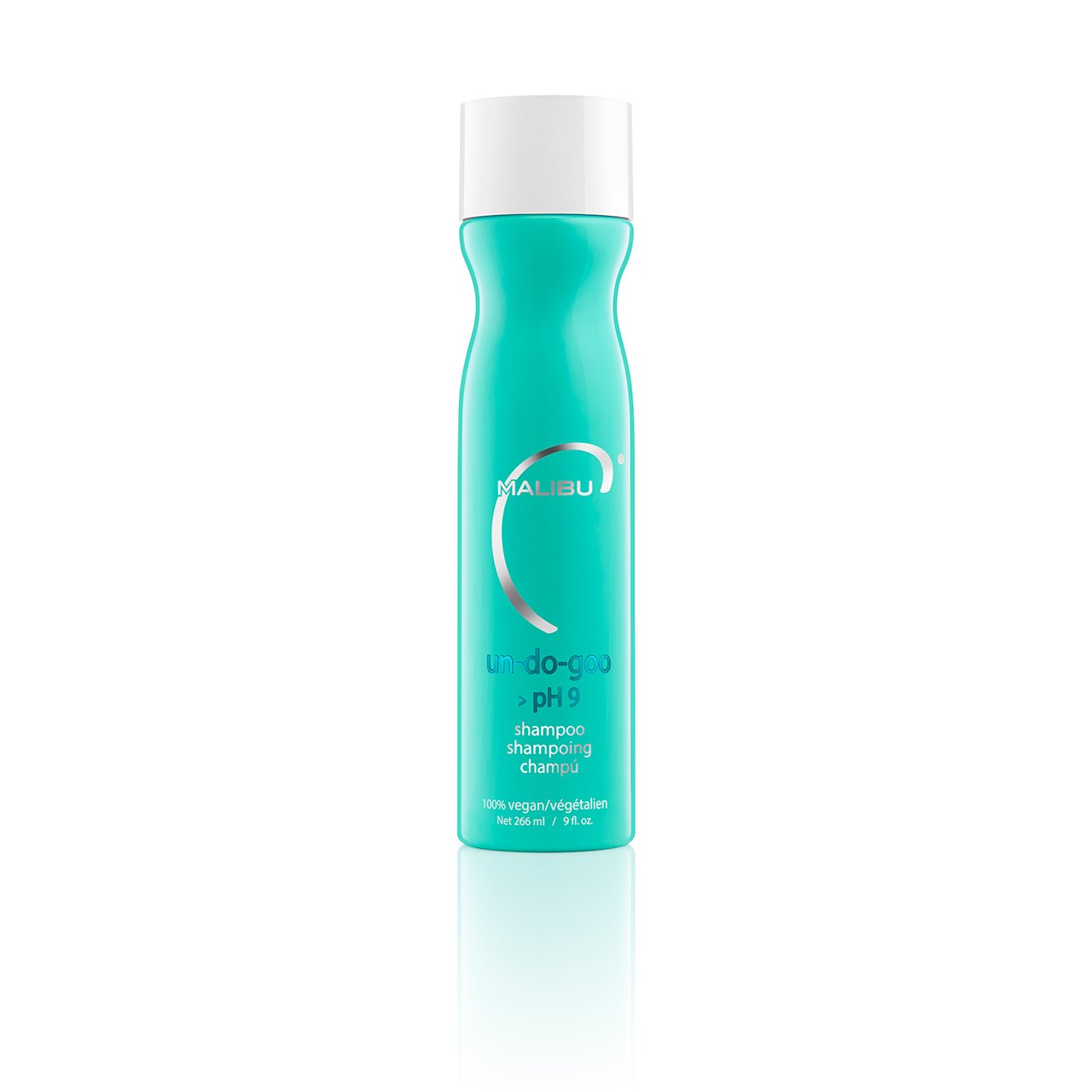
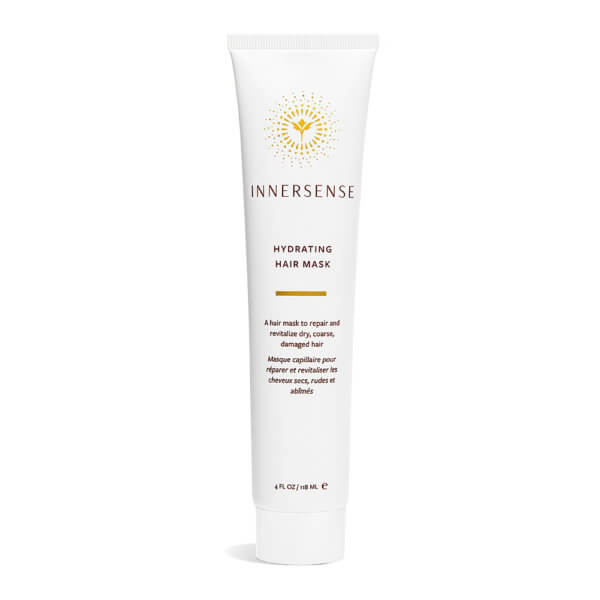
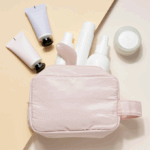

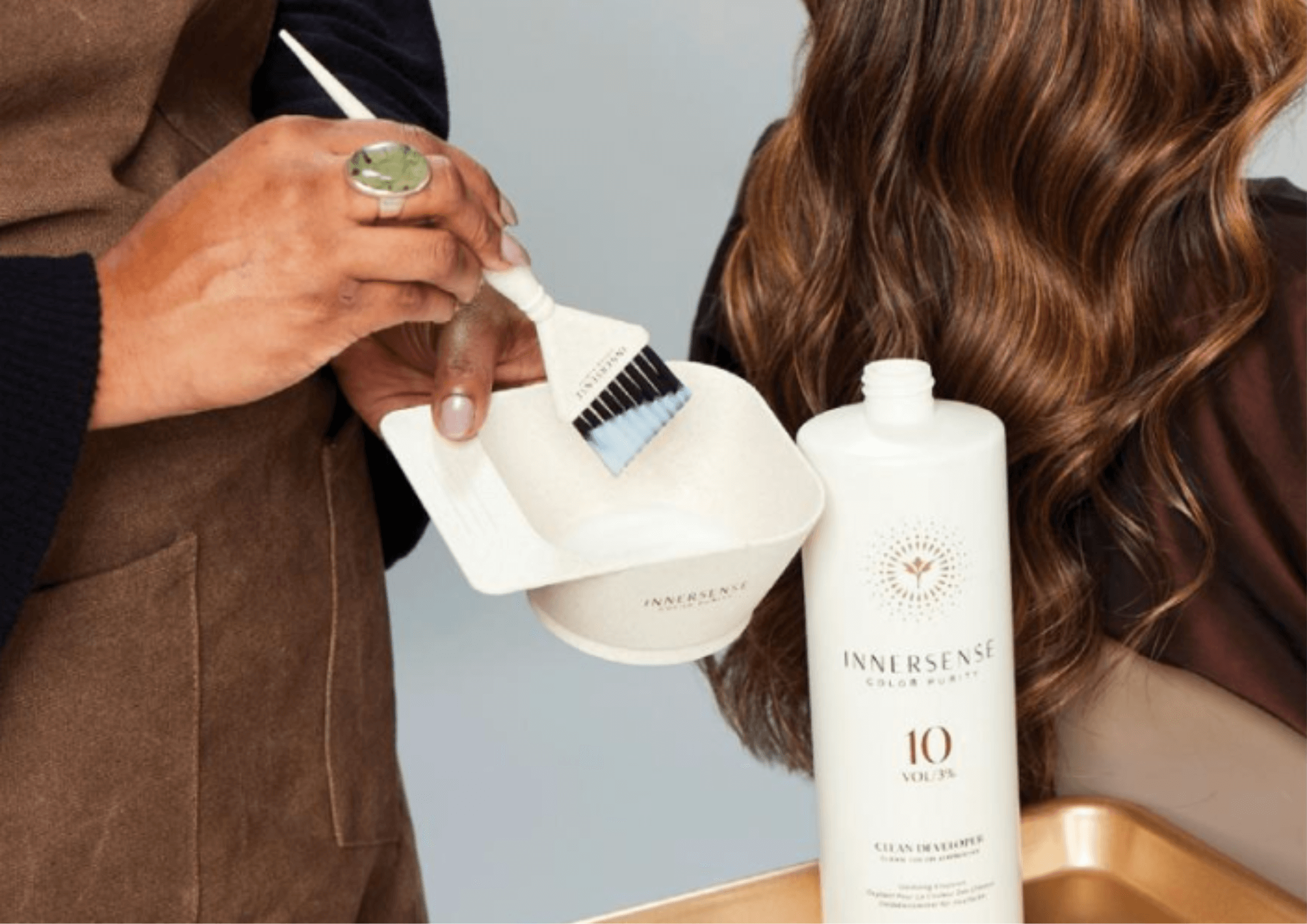


Leave a Reply